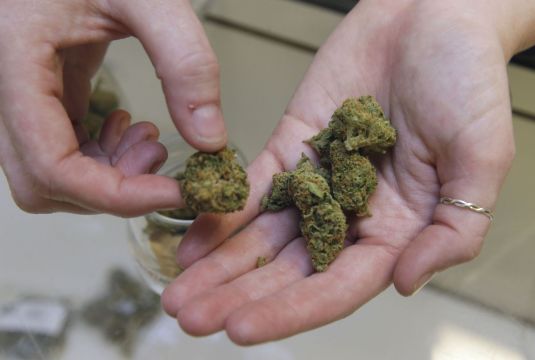Cocaine, a powerful and addictive stimulant, is associated with a range of paraphernalia specifically designed for its preparation, use, and concealment. These accessories, often found in the possession of individuals engaged in cocaine abuse, serve as a stark reminder of the dangers and risks associated with this illicit substance.
The paraphernalia used with cocaine varies depending on the method of consumption and individual preferences. One of the most commonly recognized accessories is the cocaine mirror or surface, typically a small glass or metal plate used for preparing the drug into lines or small piles. This reflective surface allows for easy visualization and manipulation of the powdered substance.
Razor blades or credit cards are often employed to finely chop the cocaine accessories into a powder form, facilitating efficient snorting or other modes of ingestion. These tools are compact, discreet, and allow for precise preparation of the drug.
Snorting straws or rolled-up bills are frequently used to inhale cocaine through the nose. The narrow tube allows the drug to be snorted into the nasal passages, facilitating rapid absorption into the bloodstream. Unfortunately, the repeated use of these items may contribute to the spread of blood-borne diseases if shared among individuals.
Cocaine users may also possess small containers or vials to store and transport the drug. These containers are typically airtight and designed to keep the cocaine dry and protected from moisture or exposure. Their portability enables individuals to carry the substance discreetly, making it readily accessible for consumption.
The presence of cocaine paraphernalia is concerning due to the associated health risks and social implications. Cocaine abuse can lead to a range of physical and mental health problems, including cardiovascular issues, respiratory difficulties, neurological complications, and addiction. The use of paraphernalia indicates a commitment to the continued use of cocaine, raising concerns about the individual’s well-being and the potential for escalating substance abuse.
Moreover, the possession of cocaine paraphernalia may have legal consequences. In many jurisdictions, the possession of drug paraphernalia is a criminal offense, and individuals found in possession of such items may face legal repercussions.
Addressing the issue of cocaine paraphernalia requires a comprehensive approach that encompasses education, prevention, and access to support services. Community education efforts should focus on raising awareness about the dangers and risks associated with cocaine abuse, as well as the legal implications of possessing drug paraphernalia. Prevention programs should target individuals at risk, providing information about the negative consequences of drug use and offering alternative coping strategies.
Support services, such as addiction treatment programs and counseling, should be readily available to those struggling with cocaine addiction. These resources play a vital role in helping individuals overcome their dependence on cocaine, providing them with the necessary tools and support to achieve lasting recovery.








